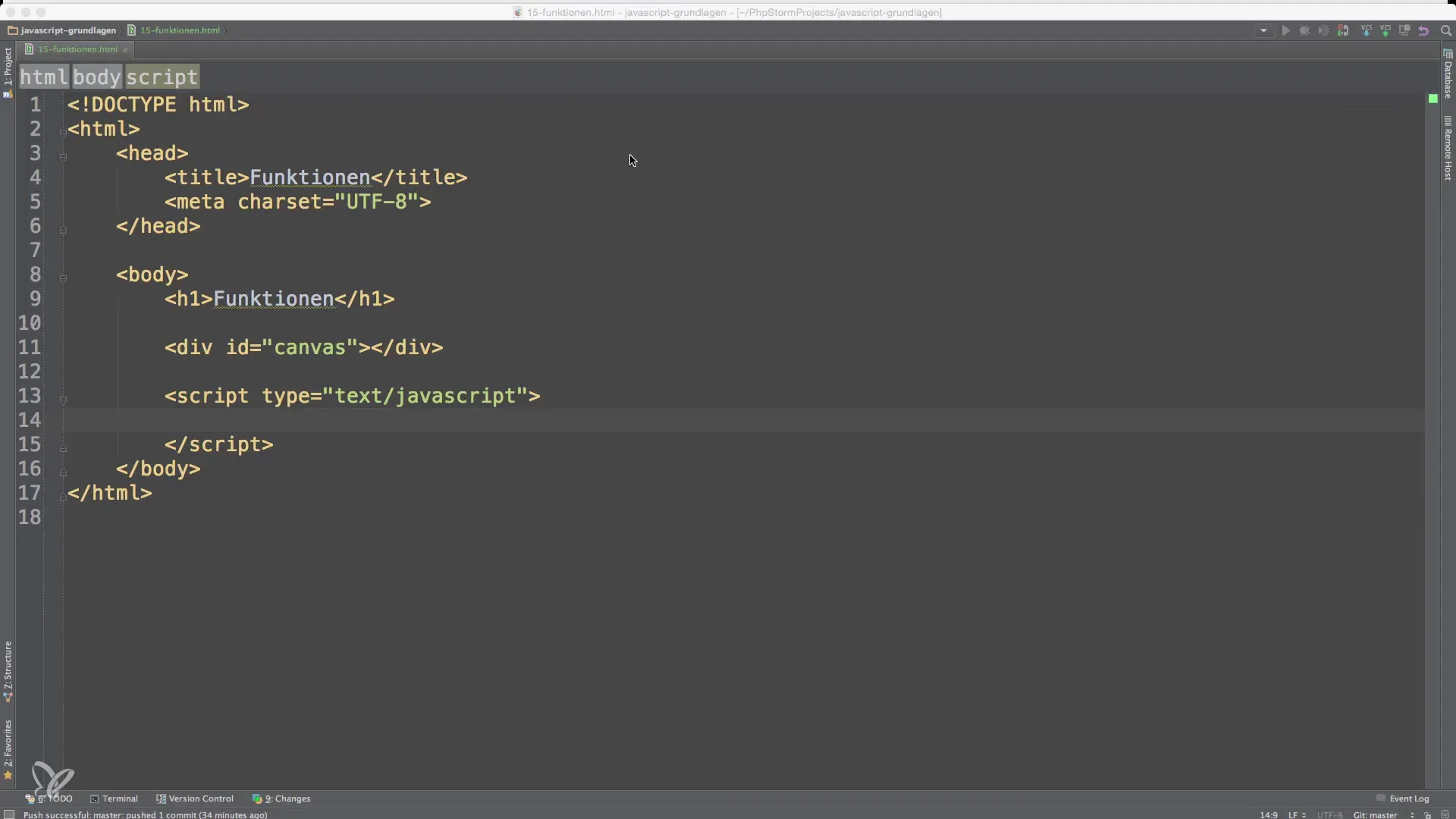In programming, functions are a fundamental concept that helps you organize, reuse, and make code more efficient. In this guide, I focus on the definition and application of functions in JavaScript. You will gain a clear overview of the structure and behavior of functions and be able to use them effectively in your own projects.
Key Insights
- Functions are like subroutines that can be called repeatedly.
- To define a function, you use the keyword function, followed by its name and parameters.
- The function body contains the code that is executed when the function is called.
- Return values are essential for processing results within or outside the function.
Step-by-Step Guide to Function Definition
1. Introduction to Function Definition
Functions are a central part of JavaScript as they allow you to break down code into smaller, manageable parts. A function can be thought of as a block of code that can be executed repeatedly. You need the keyword function, followed by the name of the function and parentheses for parameters.

2. Creating the First Function
Start by defining a simple function. For example, you can name the function myFunction.
The function body is enclosed in curly braces and contains the code that should be executed when the function is called.
3. Performing a Function Call
Remember to include the parentheses, as they are necessary to actually execute the function. Without the parentheses, the function remains undefined and will not be called.
4. Using Parameters in Functions
Parameters are variables that can be passed into a function. You can add parameters to your function to process specific data.
In this example, you will add two numbers. Once you call the function and pass in values, the result will be returned.
5. Returning Values
Return values are important for returning results from a function. You can achieve this with the return keyword.
Here, the result of the addition is stored in the variable result, which is then output.
6. Working with Multiple Parameters
A good handling of parameters is crucial for the design of your functions. In general, you should avoid overloading your functions with too many parameters. A rule of thumb is to use no more than three parameters to maintain clarity.
7. Return Values and Their Significance
The ability to return values opens many doors in programming. You can use these values, for example, in further calculations or conditions. This way, your function retains its flexibility and reusability.
8. Implementing Logic within Functions
You can also implement logic, such as decisions (if statements) or loops, within your functions to make them more powerful.
9. The Importance of the DRY Principle
The DRY principle (Don't Repeat Yourself) is very important in programming and is supported by the use of functions. By encapsulating logic in functions, you prevent having to write the same code multiple times, which improves the maintainability and readability of your code.
10. Experimenting and Practical Exercises
The best way to get a feel for functions in JavaScript is through experimental practice. Try creating your own functions, write some for various mathematical operations, and test them thoroughly.
Summary - Fundamentals of Function Definition in JavaScript
Functions are fundamental building blocks of programming in JavaScript and facilitate the structuring and reusability of your code. You have learned how to define simple functions, pass parameters, utilize return values, and implement logic within functions. Your skills in handling functions will help you write more efficient programs.
Frequently Asked Questions
What is a function in JavaScript?A function is a block of code that can be executed when called.
How do I define a function?Using the keyword function, followed by the name and parentheses for parameters.
What are parameters?Parameters are values passed into a function to process specific data.
How do I return a value from a function?You do this with the return keyword, followed by the value or expression you want to return.
How many parameters should I use in a function?It is recommended to limit the number of parameters to a maximum of three to maintain clarity.


